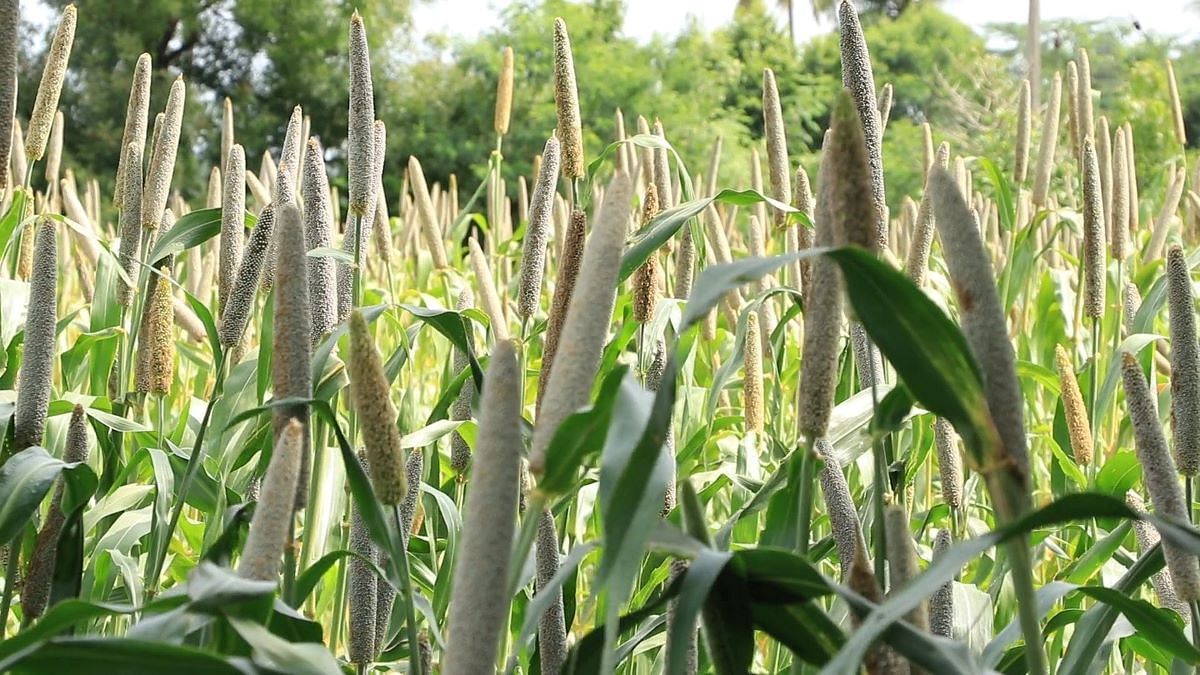
Private trade purchases of millets, especially ragi (finger millet), bajra (pearl millet), and maize, directly from farmers, have increased noticeably in the last few years. This trend has not only bolstered the incomes of farmers but has also ensured that prices remain 15-20% above the minimum support price (MSP) across key growing states such as Karnataka, Rajasthan, Maharashtra, and Uttar Pradesh.
Factors Driving the Rise in Millet Prices
-
Corporate Demand for Value-Added Products: The strong demand for value-added millet-based products introduced by several corporates, including ITC Foods and Tata Soulfull, has significantly contributed to the upward trajectory of prices for these coarse cereals. These products have garnered attention for their nutritional benefits and are becoming increasingly popular among health-conscious consumers.
-
Increased Demand for Animal Feed: Furthermore, the demand for millets as animal feed, especially in the poultry and starch industries, has added to the surge in prices. Millets are being recognized for their suitability as feed, offering a cost-effective and nutritious alternative.
Government Procurement and Current Scenario
Despite the rising prices and increased demand, government procurement of millets remains relatively low. Against the arrivals of 1.23 million tonnes (MT) of various coarse cereals in key mandis across several states, including Gujarat, Haryana, Madhya Pradesh, Uttar Pradesh, and Andhra Pradesh, the Food Corporation of India (FCI) and state agencies have only purchased 0.64 MT of millets under the MSP operations for the 2023-24 kharif season.
Notably, a significant portion of the purchases by FCI comprises Bajra, primarily from Uttar Pradesh, Haryana, and Gujarat. However, the overall procurement falls short of the government's target, indicating a gap between demand and supply management strategies.
Market Prices and MSP
Currently, maize mandi prices in key markets of Punjab, Haryana, and Rajasthan are holding steady between Rs 2500-2600/quintal, significantly surpassing the MSP of Rs 2090/quintal set for the 2023-24 kharif season. Similarly, ragi prices in Karnataka and bajra prices in various mandis are also surpassing their respective MSPs. This reflects the strong market demand for these millets.
Initiatives to Boost Millet Production
1. Collaborative Efforts with Farmers:
To stimulate millet production and strengthen market linkages, conglomerates like ITC are actively engaging with farmer-producer organizations (FPOs) in states like Andhra Pradesh and Maharashtra. These collaborations aim to streamline the sourcing process of millets such as ragi, bajra, and jowar directly from the farm gate.
2. Focus on Quality and Post-Harvest Management:
Moreover, the focus of these collaborations extends beyond procurement to enhancing output and improving the quality of produce. Efforts are being made to develop post-harvest management techniques and technologies, ensuring that farmers receive adequate support throughout the production cycle.
3. National Food Security Act and Millet Distribution:
While the National Food Security Act mandates the distribution of food grains, including coarse cereals, to millions of beneficiaries, government agencies primarily procure rice and wheat for distribution. This highlights a disconnect between policy objectives and procurement practices, potentially hindering the promotion of millet consumption.
4. Rebranding and International Recognition:
In recent years, initiatives such as rebranding millets as 'Nutri Cereals' and declaring them the national year of millets have aimed to promote production and consumption. Furthermore, international recognition, such as the United Nations General Assembly celebrating the International Year of Millet, underscores the growing importance of these crops on a global scale.










